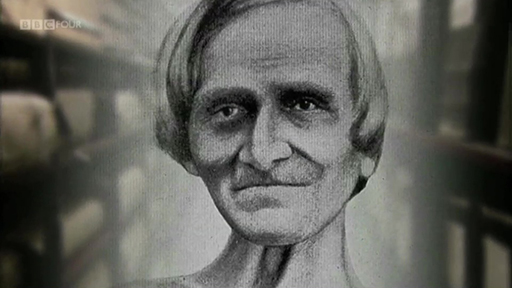2 A window into the stomach
The next video describes an unfortunate accident in June 1822 which led to a real breakthrough in understanding how the digestive system works, particularly the stomach.

Transcript
A young man, Alexis St Martin, was accidentally shot by a musket at close range on Mackinac Island, in Michigan, USA. He was treated by Dr William Beaumont, a surgeon from a nearby army base. The injury to his ribs and stomach was expected to be fatal but, amazingly, he survived. When the wound eventually healed, it did not close up completely. The edge of the hole in the stomach healed to the edge of the skin, leaving a small permanent hole from the outside directly into the stomach.
This gave Dr Beaumont the perfect chance to try some experiments. He tied small pieces of food on a string and popped them into the stomach through the hole. Then he fished them out again after a few hours to see what had happened to them. He also siphoned out some of the fluids from the stomach and tested them.
Up until that time, people had thought that digestion was a purely mechanical process. But this proved that the stomach contained acid and enzymes which were helping to digest the food.
